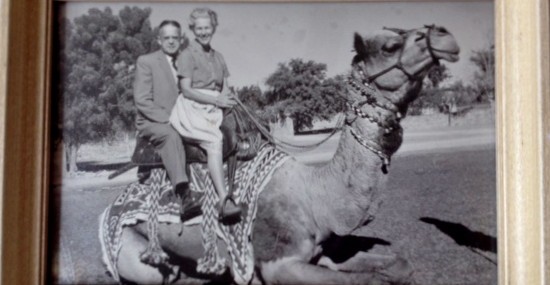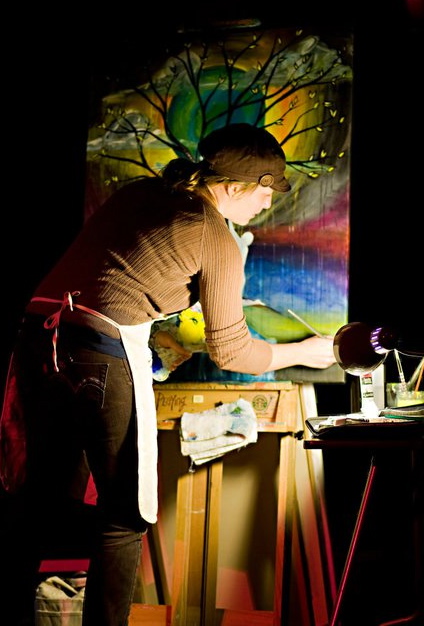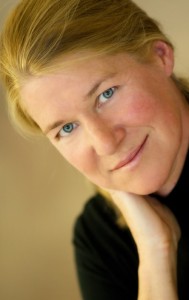Last week I shared about why I bought this painting. God had woven together three things: a pregnancy dream, a talk by Ray Hughes about saying “Yes” to God, and the symbolism in the painting. The message?
Continue writing.
But a fourth piece to this puzzle remains. I didn’t explain the wave. Did you notice the wave coming over the land and not the sea? In mountainous areas like Montana, massive waters like a sea or an ocean don’t exist.
To complete the story of this encounter with God, I have to give you another piece of divine happenstance. Soon after finishing my first book, I had another vivid dream:
I am crossing a landscape scarred by a hurricane long ago. Wreckage is strewn about in all directions as far as the eye can see. Jagged planks of lumber, shattered window frames, pieces of boats, empty cans, broken wooden chairs, driftwood, shells and other rubble fill every square foot of land. Any stench is long gone, and the debris looks clean—whitened by the sun.
I carefully step over the wreckage, making my way toward a beautiful azure sea that is a mile out. I can see the thin strip of deep blue water on the horizon. The sky is crisp and clear with no hint of haze. A few lovely white clouds dapple the atmosphere.

This picture is as close as I could find, but doesn’t quite capture the miles of sun-bleached wreckage.
Way out in front of me, I notice one other person. It’s Kathy Tyers, my first writing mentor. She seems to be making the same trek. She gestures dramatically, waving a complete sweep of her arm again and again, as if to say, “Come on, Susan! Keep going! Don’t give up! Follow me!” But she’s so far ahead, I can’t hear her voice.
It could take awhile to get there. I continue, step by step.
All of a sudden, I hear a faraway low rumble. Perhaps a plane is taking off. It starts to increase in volume. Something powerful begins to roar—a noise so loud it sounds like several planes, then 100 planes, and now 1,000 airplanes taking off all at once. The ground vibrates in violent unison, as I look backwards…Continue reading












